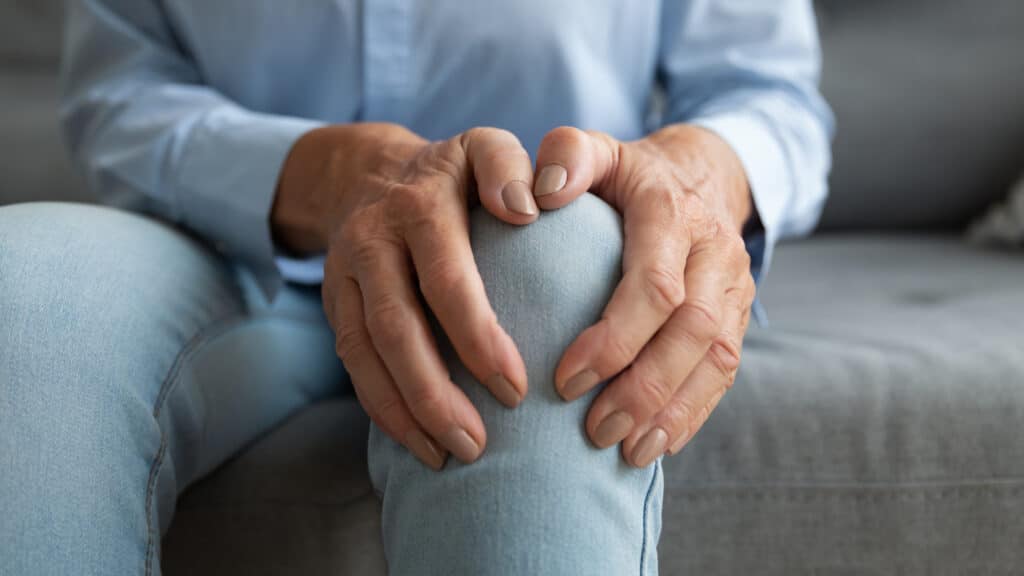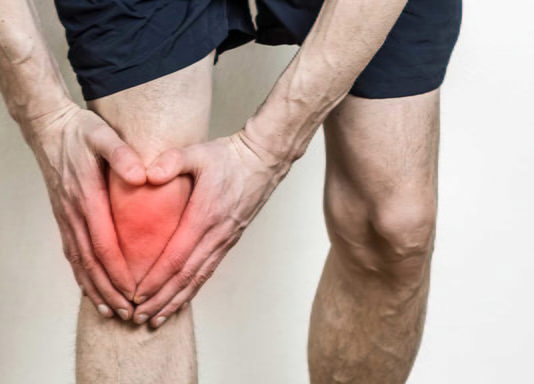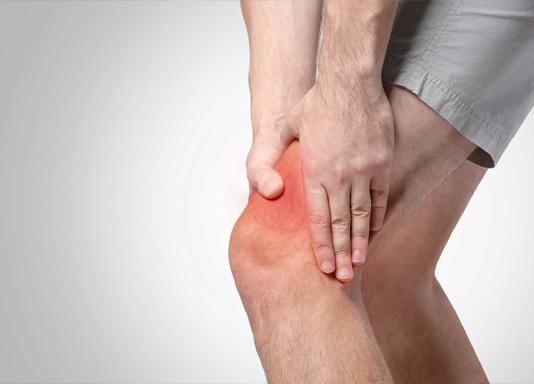Osteoarthritis (OA) is a common but often misunderstood joint condition that affects millions of people worldwide. In this comprehensive blog, we will unravel the mysteries of osteoarthritis, delving into its causes, symptoms, and effective management strategies. Whether you or a loved one are living with OA or simply seeking to enhance your knowledge of this prevalent condition, read on to gain a deeper understanding of what causes it, how it manifests, and how you can proactively manage its impact on your life.
What Is Osteoarthritis
Osteoarthritis, often referred to as “wear and tear” arthritis, is a degenerative joint disease that primarily affects the cartilage, the protective cushioning between the bones in a joint. When cartilage deteriorates over time, it can lead to pain, stiffness, and reduced joint function. OA commonly occurs in weight-bearing joints like the knees, hips, and spine but can affect any joint in the body. It is often associated with aging but can also result from joint injuries or other underlying factors.
Causes of Osteoarthritis
Several factors contribute to the development of osteoarthritis, including:
- Age: The risk of OA increases with age as cartilage naturally wears down over time.
- Genetics: Family history can play a role, with some individuals having a genetic predisposition to OA.
- Joint Injuries: Previous joint injuries or trauma can increase the likelihood of OA in the affected joint.
- Obesity: Excess body weight puts added stress on weight-bearing joints, increasing the risk of OA.
- Joint Overuse: Repeated use of joints in certain occupations or activities can contribute to OA.
- Gender: OA is more common in women, especially after menopause.
Recognizing the Symptoms
Osteoarthritis symptoms can vary in intensity and location but often include:
- Joint Pain: Persistent or intermittent pain in the affected joint, especially after activity.
- Stiffness: Reduced joint flexibility and increased stiffness, particularly in the morning or after periods of rest.
- Swelling: Inflammation and swelling around the joint.
- Crepitus: A grating or cracking sensation when the joint moves.
- Decreased Range of Motion: Difficulty moving the joint through its full range of motion.
- Joint Enlargement: Over time, some OA-affected joints may appear enlarged or deformed.
Diagnosis and Evaluation
If you suspect you have osteoarthritis, it’s crucial to consult a healthcare professional. Diagnosis typically involves:
- Medical History: Your doctor will inquire about your symptoms, risk factors, and family history.
- Physical Examination: A thorough physical examination will assess joint function and look for signs of OA.
- Imaging: X-rays, MRI, or CT scans may be used to visualize the affected joint’s condition.
- Laboratory Tests: While there is no specific blood test for OA, it can help rule out other conditions.
Effective Management Strategies
Managing osteoarthritis involves a multi-faceted approach aimed at reducing pain, improving joint function, and enhancing overall quality of life. Strategies include:
- Lifestyle Modifications: Weight management, regular exercise, and joint protection techniques can help alleviate symptoms.
- Physical Therapy: Targeted exercises and stretching can strengthen muscles around the affected joint, providing added support.
- Medications: Over-the-counter pain relievers or prescription medications may be recommended to manage pain and inflammation.
- Injections: Corticosteroid or hyaluronic acid injections can provide temporary relief from OA symptoms.
- Surgery: In severe cases where conservative measures fail, joint replacement surgery may be considered.
- Alternative Therapies: Some individuals find relief through complementary therapies like acupuncture, chiropractic care, or dietary supplements.
Living Well with Osteoarthritis
While osteoarthritis can be challenging, many individuals successfully manage their condition and lead fulfilling lives. Tips for living well with OA include:
- Stay Active: Engage in regular, low-impact exercise to maintain joint mobility and reduce pain.
- Maintain a Healthy Weight: Achieving and maintaining a healthy weight can lessen the strain on weight-bearing joints.
- Adapt Your Environment: Make modifications at home and work to reduce joint stress.
- Seek Support: Joining a support group or working with a healthcare team can provide valuable guidance and emotional support.
- Stay Informed: Keep up-to-date with the latest research and treatments for OA.
Nutritional Strategies for Osteoarthritis Management
Nutrition plays a crucial role in managing osteoarthritis. A balanced diet can help maintain a healthy weight, which reduces stress on weight-bearing joints. Additionally, certain nutrients have anti-inflammatory properties and can support joint health. Consider the following dietary tips:
- Omega-3 Fatty Acids: Found in fatty fish like salmon, walnuts, and flaxseeds, these healthy fats have anti-inflammatory properties that can help alleviate joint pain.
- Antioxidants: Foods rich in antioxidants, such as berries, oranges, and dark leafy greens, can combat oxidative stress and inflammation in the joints.
- Vitamin D: Adequate vitamin D intake is essential for bone health. Include sources like fortified dairy products and fatty fish in your diet or consider supplements if advised by a healthcare professional.
- Calcium: Dairy products, fortified plant-based milk, and leafy greens are good sources of calcium, which supports bone health.
- Collagen Supplements: Some studies suggest that collagen supplements may help improve joint function and reduce symptoms in people with osteoarthritis.
Osteoarthritis is a widespread condition that affects millions, but with proper management, its impact can be minimized. By understanding its causes, recognizing its symptoms, and exploring effective management strategies, individuals can take control of their OA journey. It’s important to remember that OA is a manageable condition, and with the right approach, you can continue to enjoy an active and fulfilling life while preserving the health of your joints.












